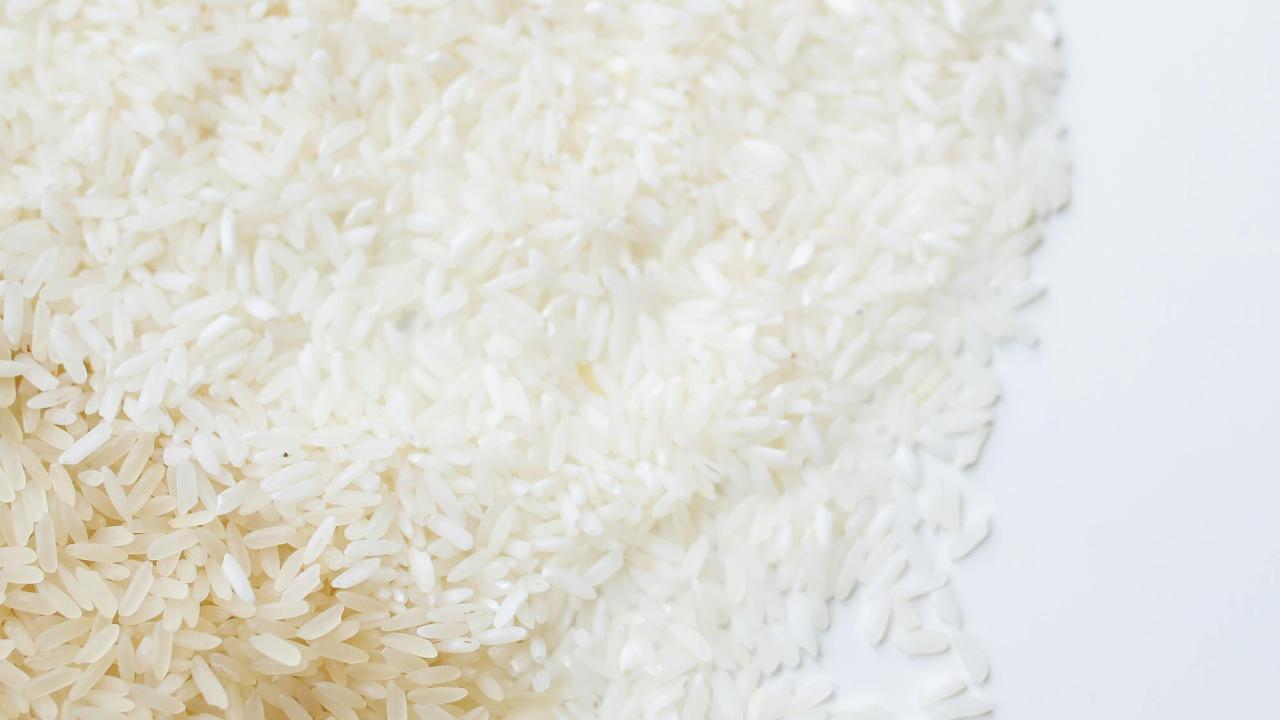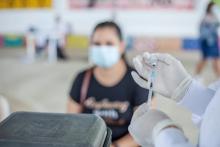
The sector is having trouble processing the rice that comes from producers. Drying takes 24 hours and now takes up to four days.
The power cuts that Ecuador has been experiencing since September 23, which have now intensified to once again last ten hours, are also beginning to take their toll on the agricultural sector and could even affect exports of basic products such as rice, specifically to the Colombian market, which already sells the product in Ecuador due to its production deficit.
This is according to Juan Pablo Zúñiga, president of the Corporation of Rice Producers of Ecuador (Corpcom). He says that the blackouts have impacted the activities of rice mills and industries in the sector.
“The rice sector, like all sectors in the country, is very affected by the energy problems we are experiencing. Coincidentally, we are now in the middle of the summer harvest season, the largest of the year, which represents approximately 60% of total production, and we have serious problems receiving the product from the fields, from the producers,” warns Zúñiga.
In the summer cycle, the total planted area is 150,000 hectares, equivalent to about 400,000 tons of milled rice, which is six months of consumption, that is, until the beginning of April 2025 if production is normal.
Meanwhile, the problems Zúñiga refers to occur in the drying of the rice that arrives wet from the field. This process that normally takes 24 hours is taking up to four days, due to power outages, and has become a “bottleneck” for the sector.
Zúñiga says that there are already cases and warns that the vast majority of the pilers do not have their own electricity generation. “If they do receive the product, they have to wait two, three or even four days to be able to dry it when before they did it in 24 hours, that is causing problems. There are also problems with stacking and being able to attend to the product shipments in a timely manner, that is a tremendous impact on income, as well as having a normal flow of sales that allows for timely payments to suppliers.”
Adriano Ubilla, president of the Short Cycle Agricultural Production Association (Asopracort), says that the situation does not only affect the rice sector, but also other products such as corn. “Those who buy grain from us cannot dry it normally. In the middle of the harvest season, like the one we are in now, they dry 18 hours a day and that prevents the drying process from moving forward, that is a big problem,” says the leader.
He adds that palm and banana growers who have electric irrigation pumps are also affected by the power cuts. “They are usually from El Empalme, Palestina, Balzar, Santa Lucía, San Juan, Baba, around Babahoyo, they have electric pumps, they are also affected by irrigation issues and obviously the industry that manufactures various products, they are also affected.”
'The priority is to serve the domestic market first'
For his part, Zúñiga indicates that although they do not yet have an exact calculation of the losses of the rice industry, he estimates that they are several million dollars, which would be quantified in an analysis that the sector plans to carry out in mid-October. However, he assures that medium and large industries are making an effort to acquire generators to keep the domestic market supplied, although he warns that with the current situation it is not possible to meet in a timely manner the demand of the Colombian market that has already finished its harvest and has a deficit.
“The priority is to serve the domestic market, as there are already process problems in the oil mills due to power cuts. Therefore, meeting export demand could be affected by the energy situation. However, industries are making efforts to mitigate this problem as much as possible through their own energy generation,” he explains.
In the first half of the year, Ecuador exported approximately 40,000 tons to that market and for the second half of the year they expected to reach some 30,000 tons. Zúñiga hopes that conditions will improve and that the sector will be in a position to export.
The bacteria Burkholderia Glumae impacts certain rice-growing areas
Apart from power cuts, the sector is also facing the impact of a bacteria called Burkholderia Glumae, which affects production. According to Zúñiga, this has been more severe since mid-year in certain areas where production has been reduced by between 25% and 30%.
The head of Corpcom explains that this bacteria prevents the normal development of the spike, directly affecting the productivity of the plantations. However, he says that it is just another of the various adverse factors that the sector faces, such as the lack of financing for the absorption of the harvest and insecurity.









